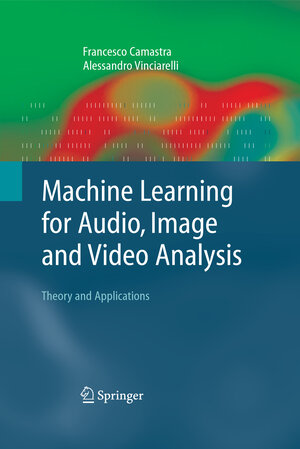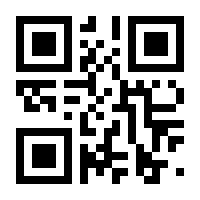
From the reviews:
„A book that focuses on the intersection and intersection of these two fast-growing areas could not be better timed. … the book is organized into three major parts that cover audio and video processing, machine learning, and applications. … On the whole, this is a valuable and timely reference book for those interested in machine learning or audio, video, and image processing, although the need for a well-integrated book on this topic still remains.“ (M. Sasikumar, ACM Computing Reviews, December, 2008)
„…this book, unlike most other books in this field, not only introduces a few widely used techniques in audio and image analysis, but also discusses the latest advancements in the field. …Distinct from other books, it also points out several public software packages and benchmark data sets that encourage the reader to have a hands-on experience on how machine-learning techniques work to analyze audio and visual content. Its comprehensive coverage on recent development in this research area makes it easy for experienced researchers to further explore the latest techniques. …it is ideal as a textbook or supplemental material for senior graduate courses or advanced topic seminars.“ (Jie Yu, Journal of Electronic Imaging, Vol. 18, Apr–Jun 2009)



